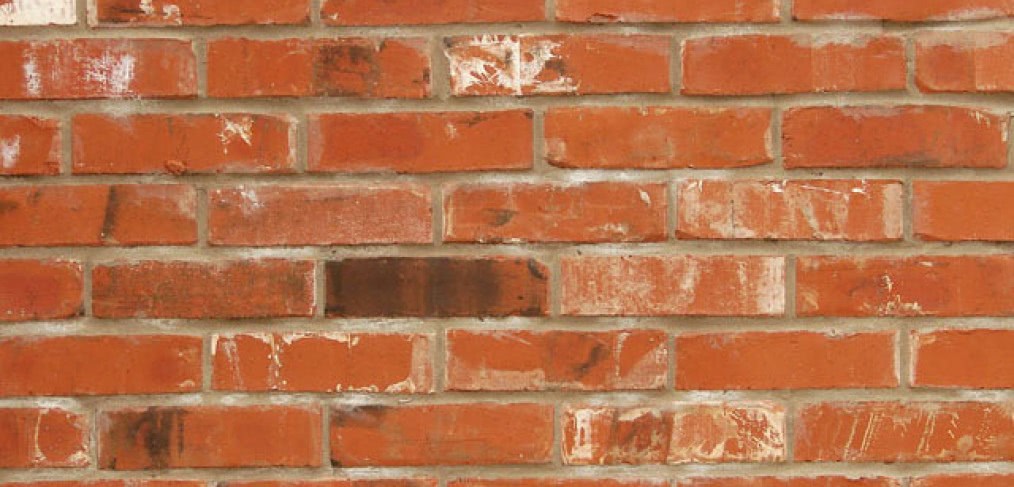
Material Justice
From “Material Justice”:
As I wrote eight years ago (“The Ethics of Brick,” Metropolis, June, 2005), sustainability is defined as the intersection of social, economic, and environmental value — the “triple bottom line” — but often the social dimension gets lost: “Green standards tend to focus more on end users than on producers of buildings, and as a result we have no means of knowing who makes what and how. The familiar product label ‘Made in China’ says nothing about the makers. These materials could be produced under any circumstances by anyone… ”
Yet, the selection of building materials can be a powerful force to promote social equity. Thirty years ago, the late architect Max Bond researched the membership of construction unions in New York City and found that masonry unions include a relatively large percentage of minorities from Harlem, so he used brick for buildings such as Harlem’s Schomburg Center for Research in Black Culture. As Bond told me a decade ago, “I have tried to make it as likely as possible that people of color would work on the construction of our buildings.” The new Schomburg Center supported its constituent community through its programs but also through the act of making the building itself. Call this material justice.
Read the rest here.
